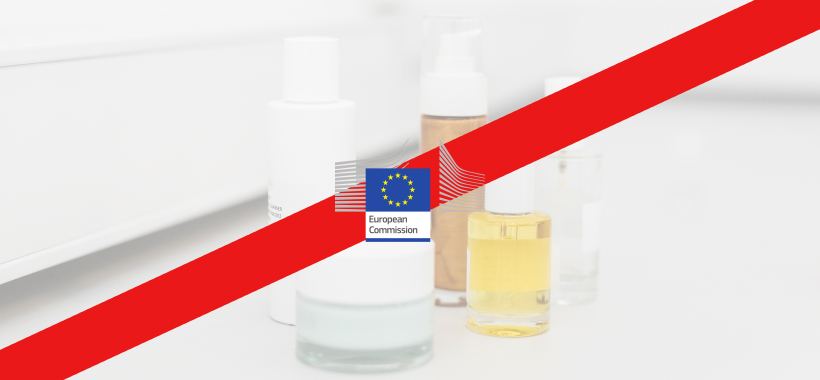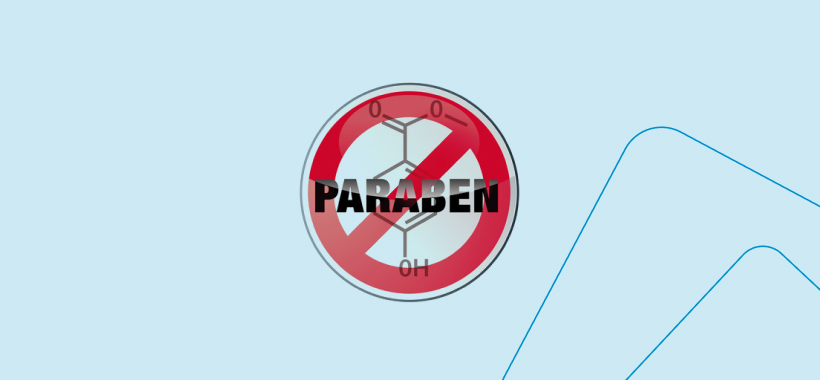Upcoming bans:
| Ingredient | Deadline for placing on the market | Deadline for making available on the market |
| Nano styrene/acrylates copolymer, sodium styrene/acrylates copolymer | expected 2022-23 | expected 2022-23 |
| Nano copper, nano platinum, nano gold
| expected 2022-23 | expected 2022-23 |
| Nano hydroxyapatite | expected 2022-23 | expected 2022-23 |
| Prostaglandins | expected 2022-23 | expected 2022-23 |
| Theophylline Azadirachta Indica Seed Oil Trimethylolpropane triacrylate Pentetic acid Pentasodium pentetate
(CMR Omnibus VI) | Expected December 1, 2023 | Expected December 1, 2023 |
| 4-methylbenzylidene camphor (4MBC) | expected 2024 | expected 2024 |
| D5, D6 in leave-on cosmetics | expected 2027 | expected 2027 |
| D6 in wash-off cosmetics | expected 2024 | expected 2024 |
| Microplastics in wash-off cosmetics | expected Q1 2027 | expected Q1 2027 |
| Microplastics in leave-on cosmetics | expected Q1 2029 | expected Q1 2029 |
Upcoming restrictions:
| Ingredient | Restrictions | Deadline for placing on the market | Deadline for making available on the market |
| Methyl-N-methylanthranilate (fragrance ingredient)
| · Restricted to 0.1% in leave-on products · Restricted to 0.2% in rinse-off products · For leave-on products: o Not to be used in sunscreen products and products marketed for exposure to natural or artificial UV light. · For leave on and rinse-off products: o Do not use with nitrosating agents. o Maximum nitrosamine content: 50 μg/kg. o Keep in nitrite-free containers
| August 21, 2022 | November 21, 2022 |
| Methyl salicylate (CMR Omnibus V) | · methyl salicylate should be considered as a weak skin sensitiser in humans and as an eye irritant · safe when used according to the following concentrations: · Not to be used in preparations for children under 6 years of age · Restricted to the following concentrations:
a) Leave-on skin products (except face makeup, spray/aerosol body lotion, spray/aerosol deodorant and hydroalcoholic based fragrances) and leave on hair products (except spray/aerosol products): 0.06% b) Face makeup (except lip products, eye makeup and makeup remover): 0.05% c) Eye makeup and makeup remover: 0.002% d) Leave-on hair products (spray/aerosol): 0.009% e) Deodorant spray/aerosol: 0.003% f) Body lotion spray/aerosol: 0.04% g) Rinse-off skin products (except hand wash) and rinse -off hair products: 0.06% h) Hand wash: 0.6% i) Hydroalcoholic-alcoholic fragrances: 0.6% j) Lip products: 0.03% k) Toothpaste: 2.52% l) Mouthwash intended for children aged 6–10 years: 0.1% m) Mouthwash intended for children above 10 years of age and adults: 0.6% n) Mouth spray: 0.65% | December 17, 2022 | December 17, 2022 |
| Kojic acid | · Max concentration allowed: 0.7% | Expected 2022-23 | Expected 2022-23 |
| Octocrylene (UV filter) | · Propellant spray products: max 9% · Other products: max 10% · Benzophenone as an impurity and/or degradation product of Octocrylene shall be kept at trace level.
| January 28, 2023 | July 28, 2023 |
| Benzophenone-3 (UV filter) | · Face products, hand products, and lip products, excluding propellant and pump spray products: o max 6% o Not more than 0,5 % to protect product formulation o If used at 0,5 % to protect product formulation, the levels used as UV filter must not exceed 5,5 %. o Warning required: Contains Benzophenone-3 (Not required if concentration is 0,5 % or less and when it is used only for product protection purposes.) · Body products, including propellant and pump spray products: o max 2.2% o Not more than 0,5 % to protect product formulation o If used at 0,5 % to protect product formulation, the levels used as UV filter must not exceed 1.7 %. o Warning required: Contains Benzophenone-3 (Not required if concentration is 0,5 % or less and when it is used only for product protection purposes.) · Other products: max 0.5%
| January 28, 2023 | July 28, 2023 |
| Acid Yellow 3 | · Non-oxidative hair dye products: 0.5% · (entry 82 of Annex IV still applies if the ingredient is used as a colorant) | expected 2023 | expected 2023 |
| BHT | · Mouthwashes: 0.001% · Toothpastes: 0.1% · Other leave-on and rinse-off products: 0.8% | expected 2023 | expected 2023 |
| Triclocarban Triclosan | · Triclocarban: o As a preservative: max 0.2% o Rinse-off products when used individually or in combination: 1.5% · Triclosan: o Shower gel and hand soap: 0.3% o Mouthwash: 2% o Toothpaste, deodorant stick, face powder and blemish concealer, when used individually or in combination: 3% o Body lotion: 0.03% (when used individually or combined with the above-mentioned products) | expected Q2 2023 | expected Q2 2023 |
| Homosalate (UV filter) | · Face products (with the exception of propellent spray products): 7.34%
| Expected 2024-25 | Expected 2024-25 |
Upcoming labelling changes:
| Ingredient | Restrictions | Deadline for placing on the market | Deadline for making available on the market |
| Resorcinol | Warning labelling correction, from “Do not use to dye eyelashes or eyebrows.” to “Do not use to dye eyelashes.”
| Expected 2023/2024 | Expected 2023/2024 |
| Formaldehyde releasing preservatives | All finished cosmetic products containing formaldehyde-releasing preservatives to be labelled with the warning “releases formaldehyde” where the total concentration of formaldehyde released in the finished product exceeds 0,001 % (10 ppm) | July 31, 2024 | July 31, 2026 |
| Extra fragrance allergens | o Labelling of approx. 60 new allergens o A Working Document and draft Annex III entry to the EU Cosmetics Regulation have been drafted by the Commission. The intention is to require the on-pack labelling of the additional fragrance allergens if they exceed the relevant thresholds. o The last draft proposed transition periods of three years for placing on the market and five years for withdrawing non-compliant products from the market.
| Expected 2025 | Expected 2027 |


